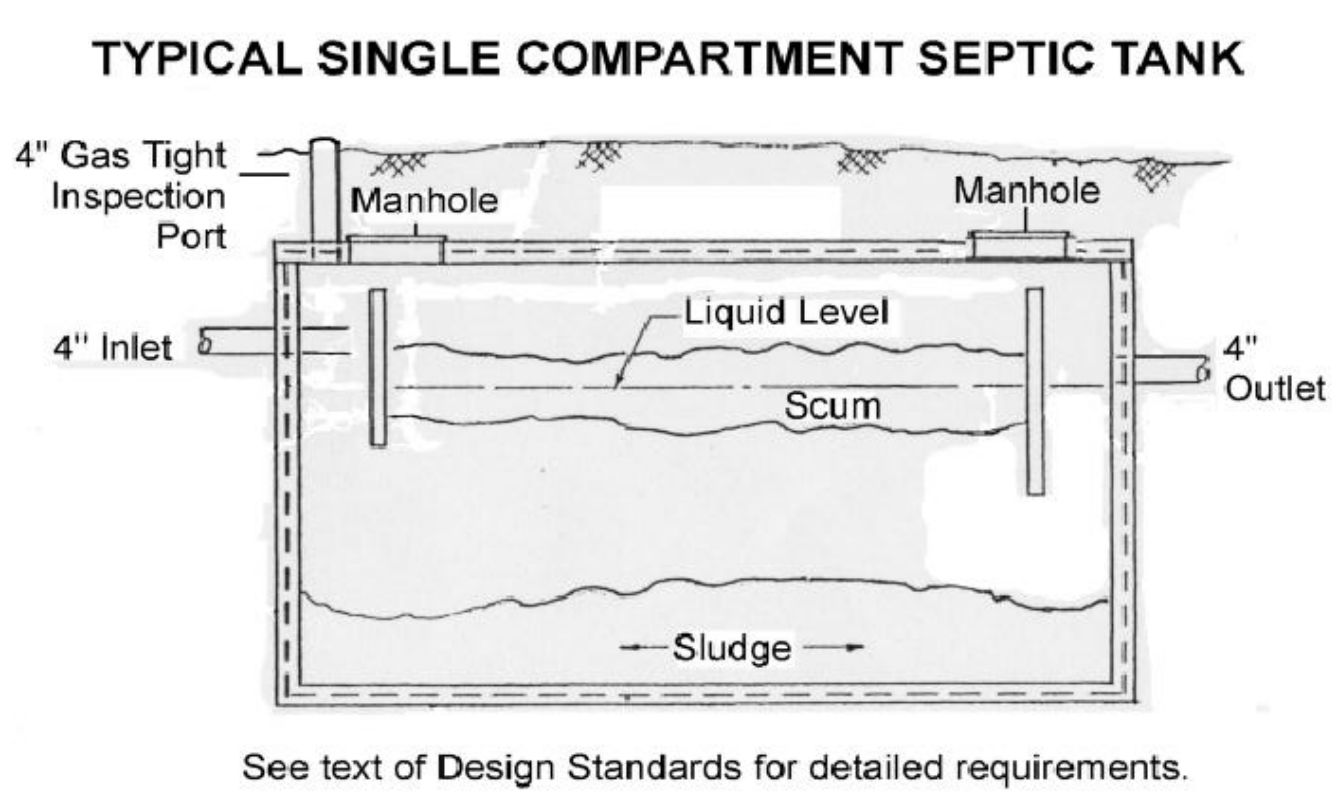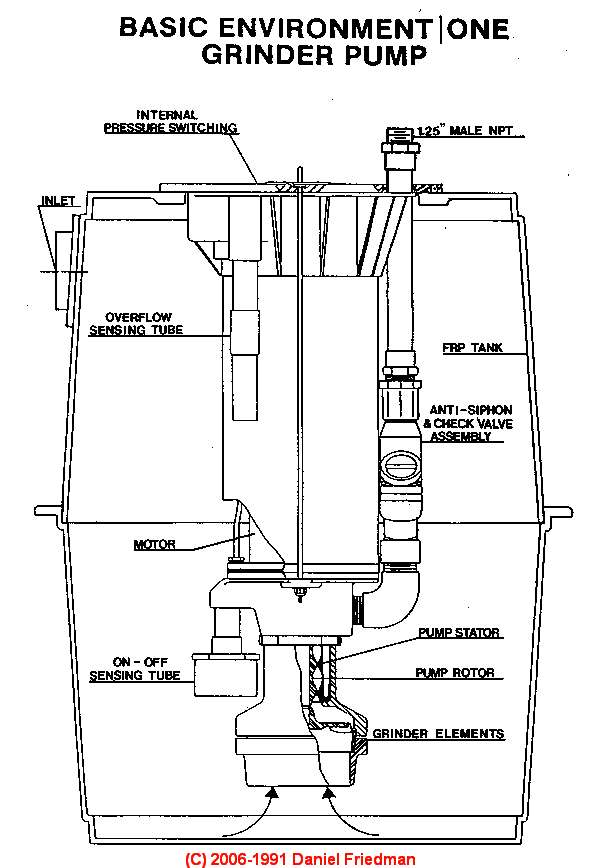

The wide range of AUROC estimates and high heterogeneity limit our conclusions. The ranges for AUROC estimates varied from little better than chance to good prediction of mortality (NEWS: 0.59–0.88 qSOFA: 0.57–0.79 MEWS 0.56–0.75), however, individual papers generally reported higher AUROC values for NEWS than qSOFA. All reported mortality and six reported ICU admission. Area under the receiver operating characteristic curve (AUROC), sensitivities and specificities were compared.ġ3 studies were included, totalling 403 865 patients. Two authors selected studies and quality assessment completed using QUADAS-2. This review compares two tools: the quick Sequential Organ Failure Assessment (qSOFA) and Early Warning Scores (National/Modified Early Warning Scores (NEWS/MEWS)) for predicting intensive care unit (ICU) admission and mortality when applied in the emergency department.Ī literature search was conducted using Medline, CINAHL, Embase and Cochrane Library, handsearching of references and a grey literature search with no language or date restrictions. Sepsis is a major cause of morbidity and mortality and many tools exist to facilitate early recognition. SOFA score and the new developed scores could be useful in asses the risk of in-hospital mortality in patients included in the sepsis code. Two prognostic models were generated: MPRO1: age, oxygen saturation ≤92% and Glasgow coma score <14, AUC: 0.78 (IC 95% 0.72-0.84 p<0.001) and MPRO2 formed by the previous ones and lactate ≥2mmol/L, AUC: 0.82 (IC 95% 0.76-0.87 p<0.001). After the multivariate analysis, these were the independent factors associated with in-hospital mortality: Oxygen saturation ≤92%, Glasgow coma score <14, lactate ≥2mmol/L (p<0.05). Logistic regression was used to evaluate the probability of in-hospital mortality.Ī total of 349 patients were analyzed, median age 72.7 (range 86), males: 54.4%.

Receiver operating characteristic curves were constructed for each score.

Demographic variables, hemodynamic and analytical variables, and in-hospital mortality were collected to obtain qSOFA, SOFA, LODS, EWS scores.

#Steven greso septic system designer wa code
Retrospective study including patients over 14 years of age included in the sepsis code of an Emergency Department of a University Hospital between November 2013 and September 2015. The objective of the study is to determine the usefulness of the SOFA (Sequential Organ Failure Assessment), quick SOFA (qSOFA), LODS (Logistic Organ Dysfunction System) and EWS (Early Warning Score) scores to predict in-hospital mortality among septic patients attended in the emergency department to evaluate what factors are associated with mortality and develop a predictive model of in-hospital mortality.


 0 kommentar(er)
0 kommentar(er)
